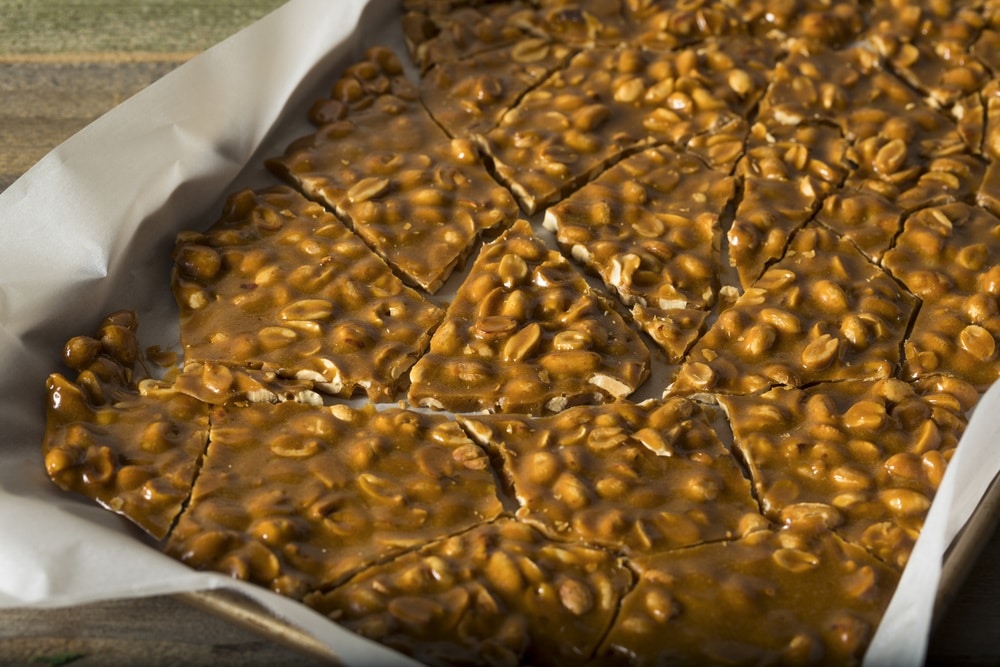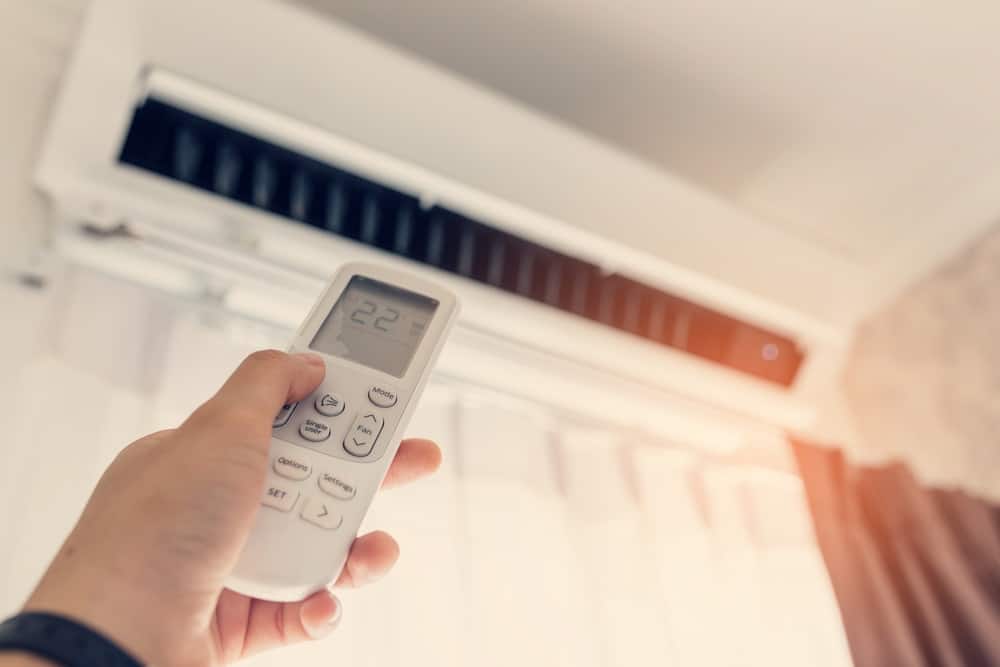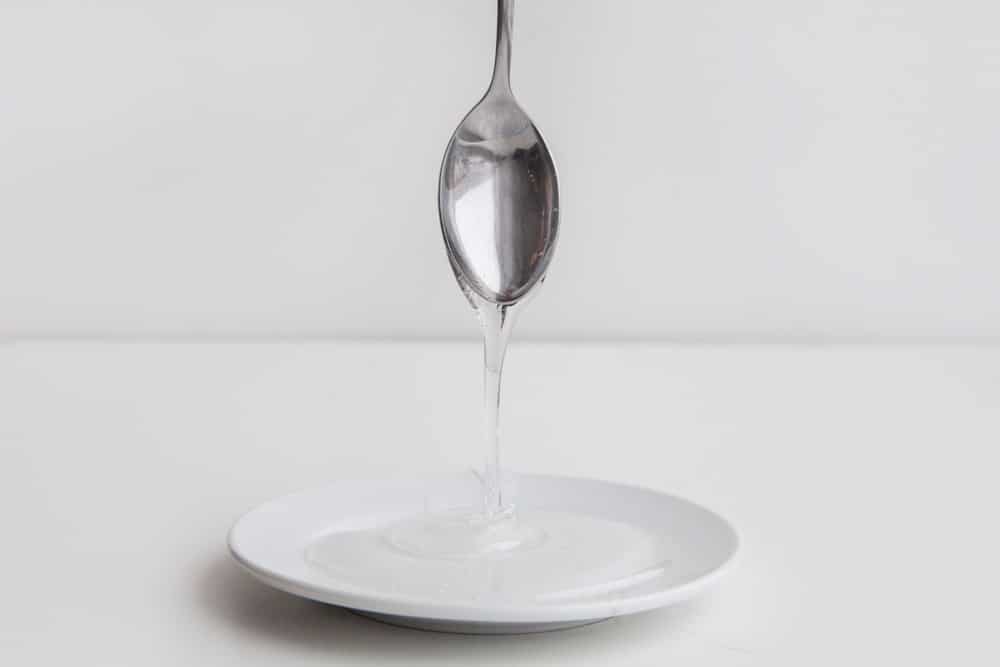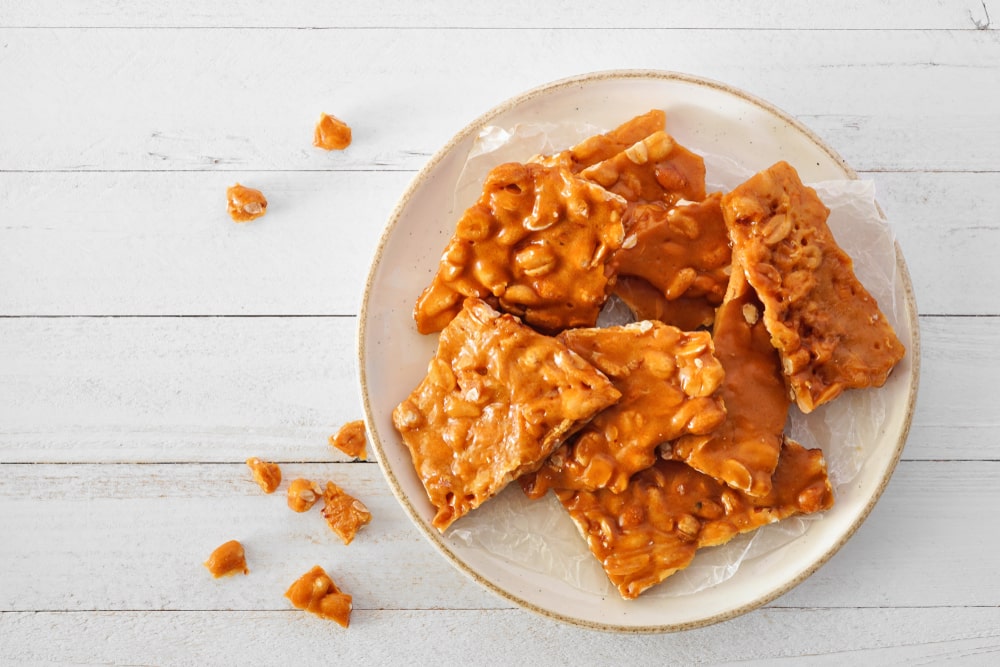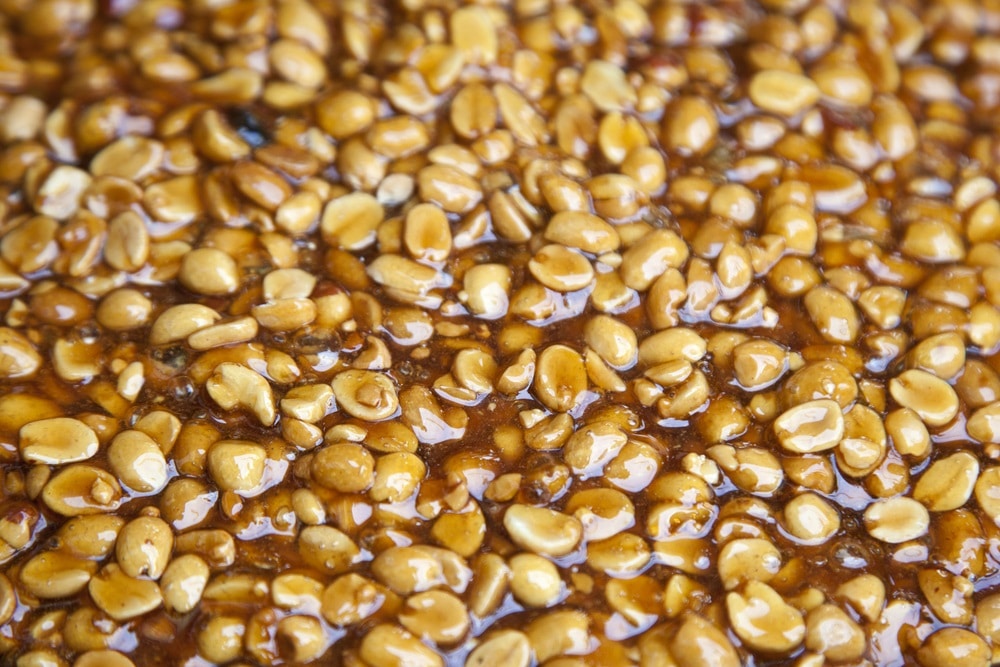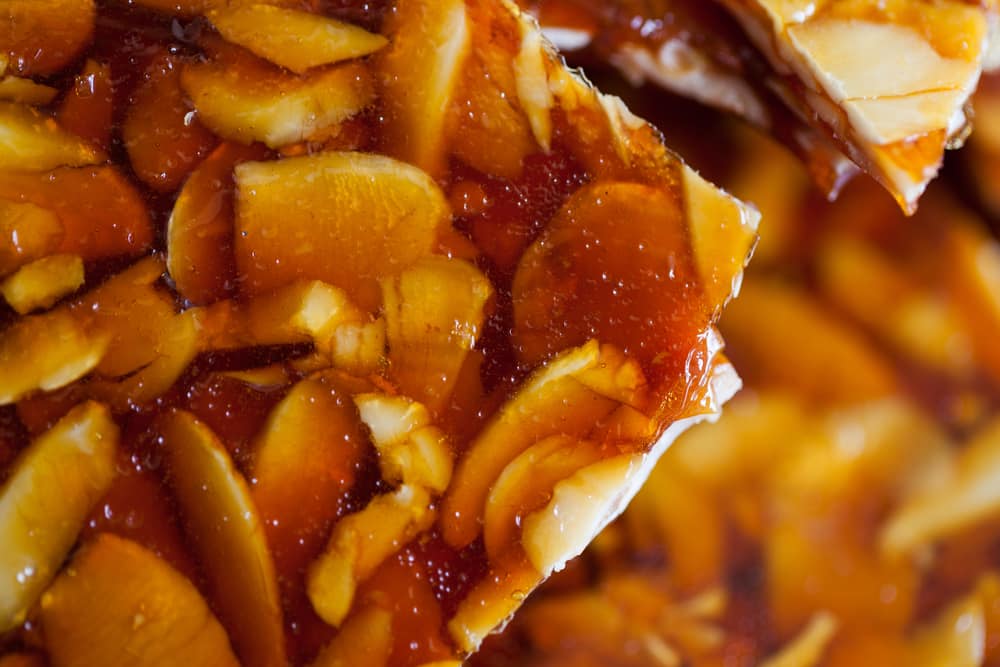
Peanut brittle has gained immense popularity in recent years, given the healthy ingredients (aside from all that sugar) and how delicious it is.
For this reason, peanut brittle is now available in most supermarkets and grocery stores. However, as with most foods, the homemade variants are far superior in flavor.
That said, the correct preparation, cooking, and storage of this confectionary are a little tricky. A mere change in the cooking temperature by just a few degrees will result in either burnt toffee (too high) or stickiness (too low).
If you are brave enough to make peanut brittle at home and want to know how to keep it from getting sticky, we have all the information you need right here!
How to Keep Peanut Brittle from Getting Sticky
1. Buttering
The first method of preventing a sticky texture or soft consistency is buttering. Before boiling the sugar mixture, you need to butter the internal side of the cooking pan.
This will prevent the development of sugar crystals which can cause the toffee to stick to the sides of the pan. The shallow pan that you are going to put your peanuts and toffee into to set should also be buttered and lined with baking paper to prevent sticking.
2. Cook at the correct temperature
Making sweets correctly depends on taking the sugar mixture to exactly the right temperature. Different types of sweets require different temperatures. For example, soft toffee sweets are only taken to a maximum of 250 ˚F.
Peanut brittle is taken to the hard crack stage, which is 300˚F. Any lower than this will result in sticky peanut brittle that isn’t “brittle” at all. For perfect results, every time, invest in a candy thermometer. It will pay for itself.
- Soft ball: 234˚F
- Hard ball: 250˚F (pliable but firm)
- Soft crack: 270˚F
- Hard crack: 300˚F (hard and brittle)
- Caramelized: 310-338˚F
- Sugar burns at 350˚F
Once the pans have been buttered and the peanuts spread on them in an even layer, you can make the brittle candy toffee that gets poured over them. Heat the butter, sugar, corn syrup, and water to 300˚F.
Immediately remove it from the heat and pour it over the peanuts. Leave it to set. Some recipes suggest heating the sugar mixture to 275 degrees Fahrenheit then adding the peanuts and heating the mixture to 300˚F while stirring.
Everything is then poured into the pans together. Working at these temperatures should prevent your final result from being sticky.
2. Humidity
Another reason behind sticky peanut brittle is the humidity of the environment. In the majority of cases, the sticky issue occurs when the humidity level goes higher than 40% in the cooking area.
You might think that we are overreacting to the entire humidity issue, but it can really impact how different ingredients of the peanut brittle bind together. If moisture in the air condenses on the cold brittle, stickiness will certainly result.
If you live in a hot, humid climate, one solution is to put the air conditioning on while you are making the peanut brittle. Make sure the brittle is packed away into airtight containers once it has set, before turning the aircon off.
Also, ensure you do not tumble dry laundry in the vicinity while you make the brittle or do any other cooking involving steam.
If the cooking area has a humidity level higher than 40% and you cannot change it, make sure to increase the final cooking temperature of the candy by 2 degrees Celsius.
As a result, the ingredients will bind together to perfection, and the texture will be brittle rather than sticky.
3. Corn syrup
Corn syrup is one of the most important ingredients for making peanut brittle but you do need to be extremely careful about how much of it you add to the mixture.
Do follow the recipe. Too much will result in sticky peanut brittle. Also, make sure to mix it in thoroughly to ensure an even setting of the brittle.
When measuring the corn syrup, we suggest that you coat the measuring spoon or jug with oil or butter (make a light coat) and then add the corn syrup to ensure it easily slides to the bottom. This will give you an accurately measured amount.
4. Baking soda
Baking soda is a great way of reducing the chances of a sticky and chewy texture in these bars. To use baking soda, you must add one teaspoon of it for every cup of sugar syrup in the peanut brittle.
Add it after the toffee has cooked just before pouring it out to set. Stir it in well then pour. The baking soda will make multiple small bubbles in the bars, which will result in crispy and delicate peanut brittle when the mixture hardens up.
5. Correct cooling temperature
In addition to an accurate cooking temperature, you need to be careful about the cooling temperature as well.
Peanut brittle is best cooled at less than 35 degrees Fahrenheit because it speeds up the hardening process. Also, the right cooling temperature leads to a crispy texture.
While many people put the brittle mixture in the freezer to set, you can also put the metal cookie pan into the freezer for half an hour before making the brittle to create a cold surface. Once done, you can pour the hot mixture onto this.
6. Storage
If your peanut brittle had the right texture and consistency when you made it, but it has since become sticky, there are chances that you aren’t using the correct storage methods.
Ideally, you need to store it in an airtight container because this will prevent the chances of moisture absorption. Add a few silica sachets to the container and layer the pieces of candy with baking paper to prevent them from sticking together.
To Conclude
We hope our tips help you to solve the problem of sticky peanut brittle. Please let us know in the comment section if you have any further hacks. We’d love to hear from you!
